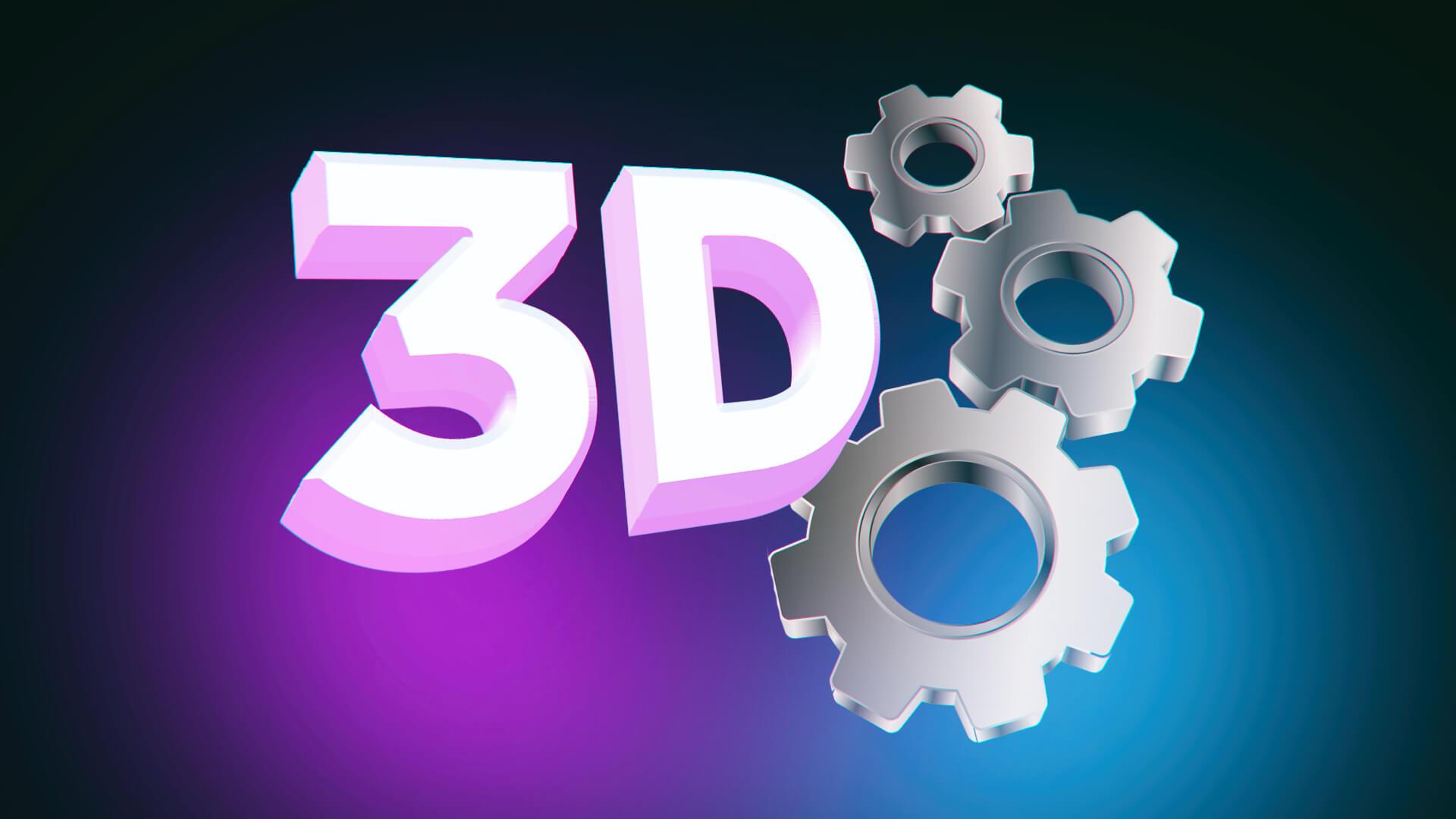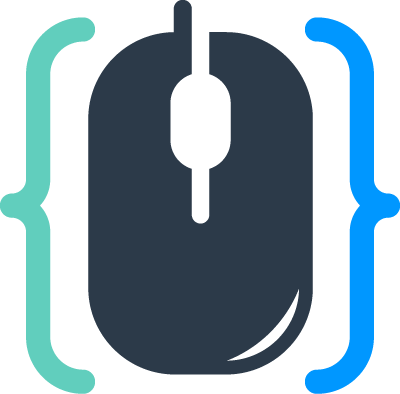The Future is Three-Dimensional: Why Learn 3D Modeling?
- Home
- The Future is Three-Dimensional: Why Learn 3D Modeling?

The Future is Three-Dimensional: Why Learn 3D Modeling?
- Prayut Sukwong
The digital world is rapidly evolving beyond flat, two-dimensional representations. From websites to marketing campaigns, traditional imagery and video, while still valuable, often struggle to convey the full depth and complexity of ideas, products, or environments. Businesses and creators relying solely on 2D assets risk being perceived as less innovative, potentially failing to capture the attention of an audience increasingly accustomed to immersive experiences. This creates a growing disconnect between static content and dynamic user expectations, hindering effective communication and engagement in a competitive market.
Communicating intricate designs, spatial relationships, or functional mechanics through blueprints, photographs, or standard video clips presents significant hurdles. Explaining how a new product fits into an existing space, demonstrating the internal workings of a complex machine, or visualizing an architectural concept often requires extensive textual descriptions or multiple angles that still leave much to the imagination. This ambiguity can lead to misunderstandings, costly errors in development, or a diminished perception of value by potential clients and collaborators. The inability to articulate these details clearly is a critical bottleneck.
Consumers and industries alike are increasingly seeking interactive and immersive experiences. Virtual reality, augmented reality, and even advanced product configurators are no longer niche technologies but are becoming mainstream tools for engagement and commerce. Companies that cannot provide content for these platforms find themselves at a disadvantage, missing opportunities to connect with their audience on a deeper, more memorable level. The expectation for dynamic, explorable content is setting a new standard, making static media feel increasingly outdated and less impactful.
In a globalized market, differentiation is key. Businesses that continue to operate without integrating advanced visualization techniques risk falling behind competitors who embrace innovation. There's a noticeable skill gap emerging, where the demand for professionals proficient in creating three-dimensional content far outstrips the supply. This shortage affects everything from product design and manufacturing to entertainment and education, highlighting a critical need for individuals and organizations to acquire these specialized competencies to remain relevant and competitive.
Delaying the adoption of 3D modeling skills and technologies can lead to significant long-term costs. These include missed market opportunities, extended product development cycles due to communication breakdowns, increased prototyping expenses, and a general decline in brand perception. Furthermore, relying on external agencies for every 3D need can be expensive and time-consuming, limiting flexibility and creative control. The cumulative effect of these factors can severely impact a company's growth trajectory and ability to innovate effectively.
Understanding the Barriers to 3D Adoption
- Perceived Complexity and High Barrier to Entry: Many view 3D modeling as an incredibly complex skill requiring specialized software and extensive training. The initial learning curve can seem daunting, discouraging potential learners before they even begin exploring the tools.
- Lack of Awareness of Broad Applications: There's often a limited understanding of just how widely 3D modeling is applicable beyond traditional fields like gaming or animation. Many fail to realize its potential in architecture, engineering, medical visualization, marketing, and even data representation.
- Resource Constraints and Legacy Systems: For established businesses, the investment in new software licenses, powerful hardware, and employee training for 3D modeling can seem prohibitive. They might also be entrenched in existing 2D workflows, making the transition appear disruptive and costly.
Strategic Pathways to a Three-Dimensional Future
1. Strategic Skill Development and Training Programs
To bridge the existing skill gap, organizations and individuals must prioritize structured learning pathways for 3D modeling. This involves investing in comprehensive training programs that cover fundamental principles, software proficiency, and practical application across various industries. Such programs should be designed to demystify the process, starting with user-friendly software and gradually introducing more advanced techniques. By fostering an internal talent pool, companies can reduce reliance on external contractors and ensure that their creative and technical teams are equipped with cutting-edge tools. Aetherbytezni recognizes the value of accessible education in this transformative field.
These training initiatives should not be one-off events but rather continuous learning opportunities, reflecting the rapid evolution of 3D technologies. Offering workshops, online courses, and mentorship programs can help employees at all levels develop and refine their skills. Focusing on project-based learning allows participants to immediately apply what they've learned, building confidence and a practical portfolio. This approach transforms a perceived challenge into a strategic advantage, empowering teams to innovate from within and adapt to new demands.
2. Phased Integration of 3D Workflows and Tools
Rather than attempting a complete overhaul, businesses can adopt a gradual, phased approach to integrating 3D modeling into their existing workflows. This strategy minimizes disruption and allows teams to adapt incrementally. Starting with pilot projects in specific departments, such as product visualization or marketing, can demonstrate the immediate benefits and build internal champions for the technology. This initial success can then be leveraged to expand 3D adoption across other areas of the organization.
The key is to identify specific pain points where 3D modeling can offer immediate, tangible improvements. For example, using 3D models for virtual prototyping can significantly reduce physical prototyping costs and time. Similarly, creating interactive 3D product configurators on a website can enhance customer engagement and sales. By focusing on these high-impact applications first, companies can build a strong case for broader implementation without overwhelming their resources or personnel. Aetherbytezni can guide businesses through this strategic integration.
3. Fostering Collaborative and Interdisciplinary Environments
The true power of 3D modeling is often realized through collaboration across different disciplines. Creating environments where designers, engineers, marketers, and even sales teams can interact with and contribute to 3D projects is essential. This breaks down traditional silos and encourages a holistic approach to product development and communication. Collaborative platforms that allow for real-time viewing, annotation, and iteration of 3D models can dramatically improve efficiency and reduce miscommunication.
Implementing shared digital asset libraries for 3D models ensures consistency and reusability across projects and departments. This not only saves time but also maintains brand integrity and design standards. Regular cross-functional meetings and workshops focused on 3D project reviews can facilitate knowledge sharing and foster a collective understanding of the technology's capabilities and limitations. By breaking down barriers and promoting a shared vision for a three-dimensional future, organizations can unlock unprecedented levels of creativity and problem-solving.
Navigating Potential Challenges
- High Initial Investment in Software and Hardware: Acquiring professional 3D modeling software licenses and powerful workstations can be a significant upfront cost, especially for smaller entities. Recommendation: Start with open-source or subscription-based software with lower entry barriers, and leverage cloud computing for rendering-intensive tasks.
- Steep Learning Curve and Resistance to Change: Employees may find the transition to 3D modeling challenging and resist new workflows, potentially leading to decreased productivity during the initial phase. Recommendation: Implement gradual, well-structured training programs with dedicated support, emphasizing the long-term benefits and providing ample practice time.
- Data Security and Intellectual Property Concerns: Sharing 3D models, especially proprietary designs, across teams or with external collaborators can raise concerns about data breaches and intellectual property theft. Recommendation: Utilize secure cloud platforms with robust access controls and encryption, and establish clear IP protection protocols and non-disclosure agreements.
 Aetherbytezni
Aetherbytezni
Comments 6